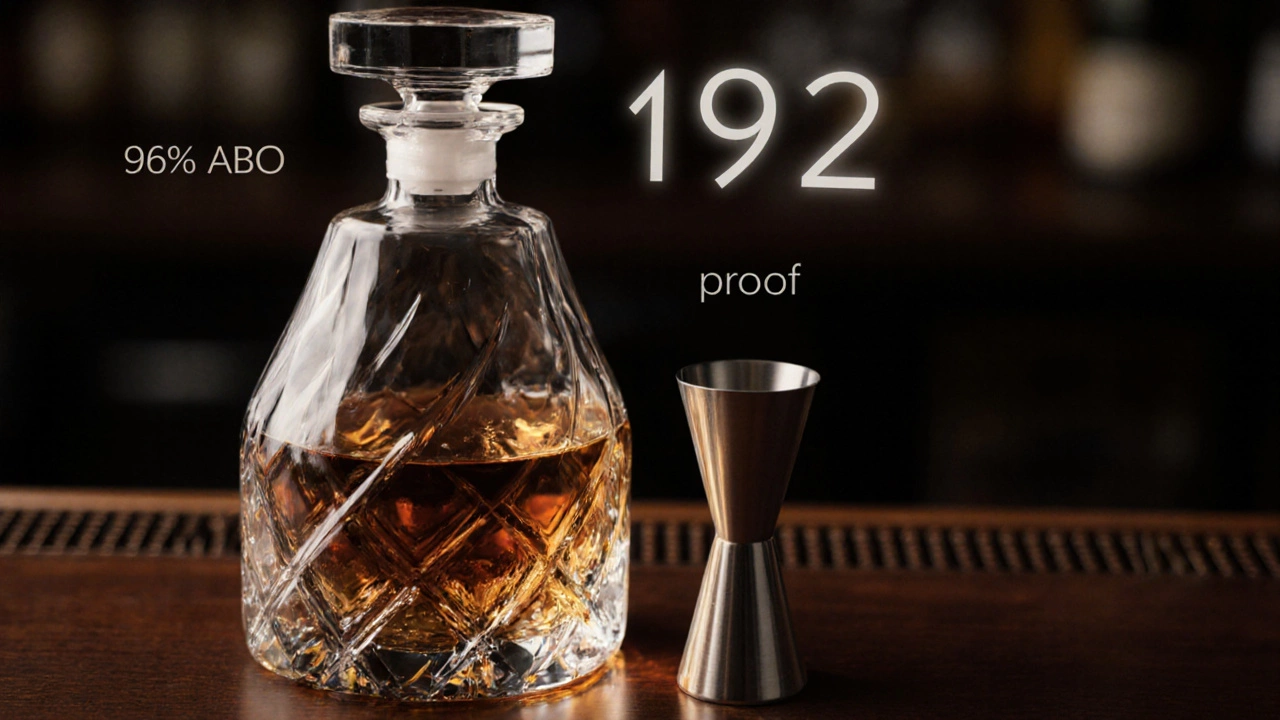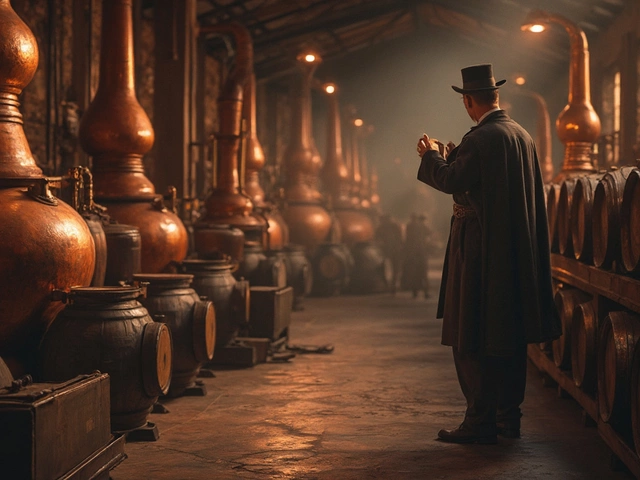Proof: Understanding Alcohol Strength and Measurement
When talking about proof, the term used to express the strength of an alcoholic beverage, usually as a multiple of its alcohol‑by‑volume percentage. Also known as alcohol proof, it helps drinkers compare how potent different spirits are.
Proof is tightly linked to Alcohol by Volume (ABV), the standard metric that shows the percentage of pure ethanol in a drink. In the United States, proof is simply double the ABV, so a 40% ABV vodka registers as 80 proof. This simple rule makes it easy to gauge the punch of a spirit before you pour.
The process that creates proof starts with distillation, a method of separating alcohol from fermented mash by heating and cooling. The more times a spirit is distilled, the higher its purity, which often translates into a higher proof. Distillers can adjust the proof by adding water back in, tailoring the final product to a desired strength for flavor or market regulations.
Not all proof systems are the same. The UK historically used a different scale where proof was based on the specific gravity of a spirit compared to water; 100 proof in the UK equated to about 57.1% ABV. Today, the UK mostly lists ABV, but the legacy terminology still appears on older labels, so knowing the conversion helps you avoid surprises.
Proof also matters when you’re mixing drinks. Spirits, liquors like vodka, gin, whiskey, and rum with higher proof can stand up to strong mixers and bold flavors, while lower‑proof options blend more smoothly into delicate cocktails. Understanding the proof lets you balance a drink’s intensity without over‑diluting the taste.
From a health perspective, proof gives a quick snapshot of how many calories and how much alcohol you’re consuming. A higher‑proof spirit delivers more ethanol per ounce, which can affect your blood alcohol level faster. This is why many bartenders recommend sipping higher‑proof whiskies neat to appreciate their flavor, rather than chasing the buzz with a quick shot.
Proof also influences legal limits. In many countries, the maximum proof for retail sales is capped, and taxes can be tied to the proof level of a spirit. Knowing the proof helps you understand why a bottle might be priced higher or why a certain brand is marketed as a “premium” high‑proof offering.
When you read a label, look for the proof alongside the ABV. If a bottle states 100 proof, you instantly know it’s 50% ABV. This dual labeling system improves transparency, letting you compare a 80‑proof vodka to a 100‑proof rye whiskey without doing the math yourself.
Proof also plays a role in home bar setups. If you’re crafting a cocktail that calls for a “high‑proof spirit,” you’ll reach for a bottle above 100 proof to keep the flavors bright. Conversely, a “lower‑proof” designation signals a spirit that will meld gently with mixers, ideal for long, sipping drinks.
In tasting sessions, proof can affect the palate. Higher‑proof whiskies often deliver a stronger mouth‑feel and more pronounced warmth, which some enthusiasts love. Lower‑proof options may highlight subtle notes like fruit or vanilla without the heat, making them superb for layered tasting flights.
Why Knowing Proof Improves Your Drinking Choices
All these connections—ABV, distillation, spirit types, and regional proof systems—show that proof isn’t just a number on a label. It’s a bridge between chemistry, flavor, regulation, and personal preference. By grasping what proof means, you can pick drinks that match your taste, stay within safe limits, and appreciate the craft behind each bottle.
Below you’ll find a curated list of articles that dive deeper into vodka proof, whiskey tasting, health‑focused drinks, and more. Each piece explores a facet of proof, from how it’s calculated to how it shapes your drinking experience.
Discover which liquor holds the highest ABV, how strength is measured, top 5 strongest spirits, safety tips, and myths about ultra‑high‑proof alcohol.
View Details

